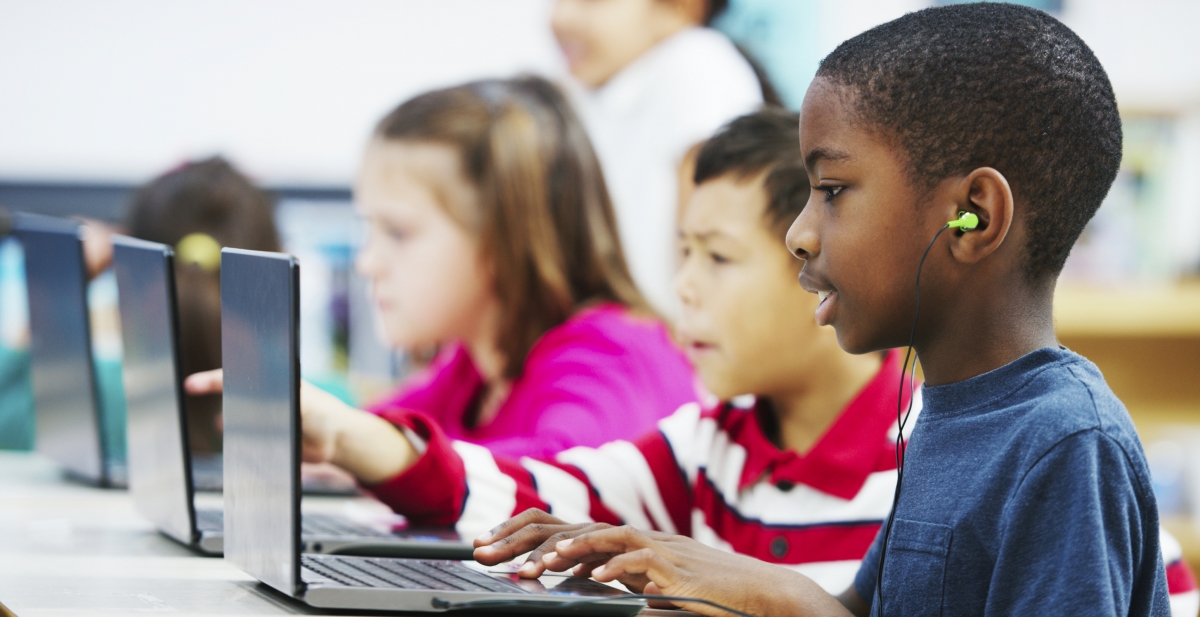
An Explanation of Online and Blended Learning
Online and blended learning are educational models that integrate digital technologies and methods to facilitate and improve learning experiences. Both have gained significant prominence, especially in response to needs for flexible and accessible education.
Online learning is defined as:
Online learning is a mode of education where students engage with their courses entirely over the internet, without the need for physical attendance in a traditional classroom setting.
Online learning can take place in:
- a school building,
- a student’s home,
- a location within the community, or
- some combination of the above.
Blended learning is defined as:
- Blended learning, also known as hybrid learning, combines traditional face-to-face classroom methods with online activities, creating an integrated educational experience.
Important distinctions about "online learning" design and student learning experiences:
- The synchronous interaction (online meeting times or interactive learning activities) of instructors and students in collaborative online learning spaces is DPI's preferred pedagogy to increase student achievement. The best principles of online course design includes opportunities for student and student interaction in online spaces and technology tools.
- Asynchronous learning (no planned online interactive meeting or learning activities beyond basic student and teacher progress monitoring, grading, or technical support). Districts should strive to use courseware or software programs that can be enhanced beyond just student asynchronous learning.
Online learning can take place during:
- a time when school is in session
- evenings/weekends/holidays, and
- unscheduled school closures.
The inherent flexibility of online learning does not always conform with traditional understandings of classrooms, school buildings, class times, school days, or physical attendance. As a result, each variation of online learning requires careful consideration of the laws, rules, policies, and procedures shaping education in Wisconsin.
For questions about this information, contact Laura Roeker (608) 266-3560